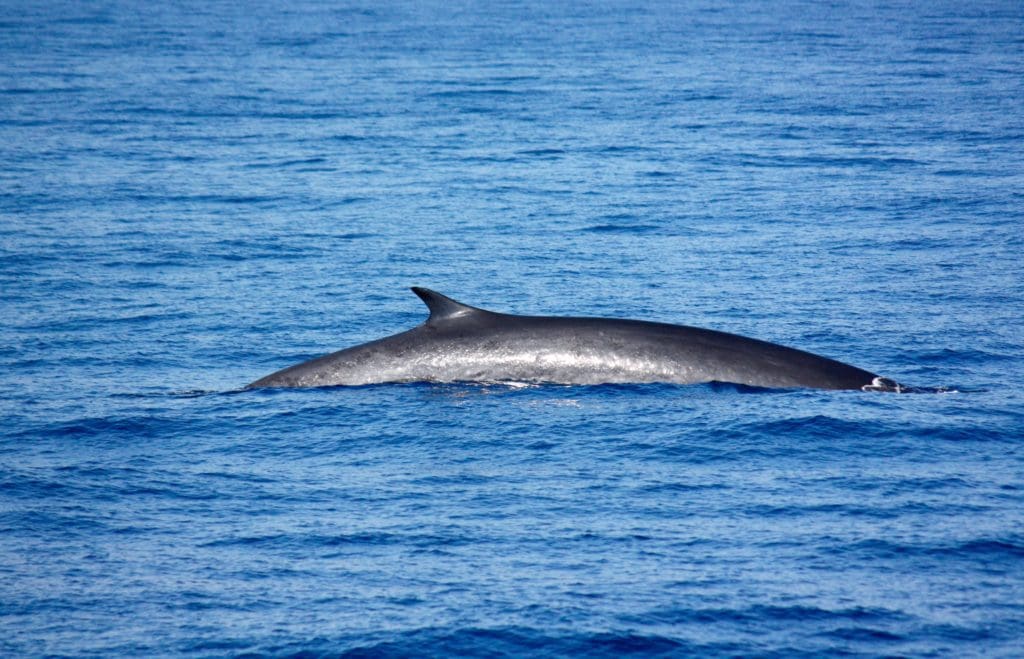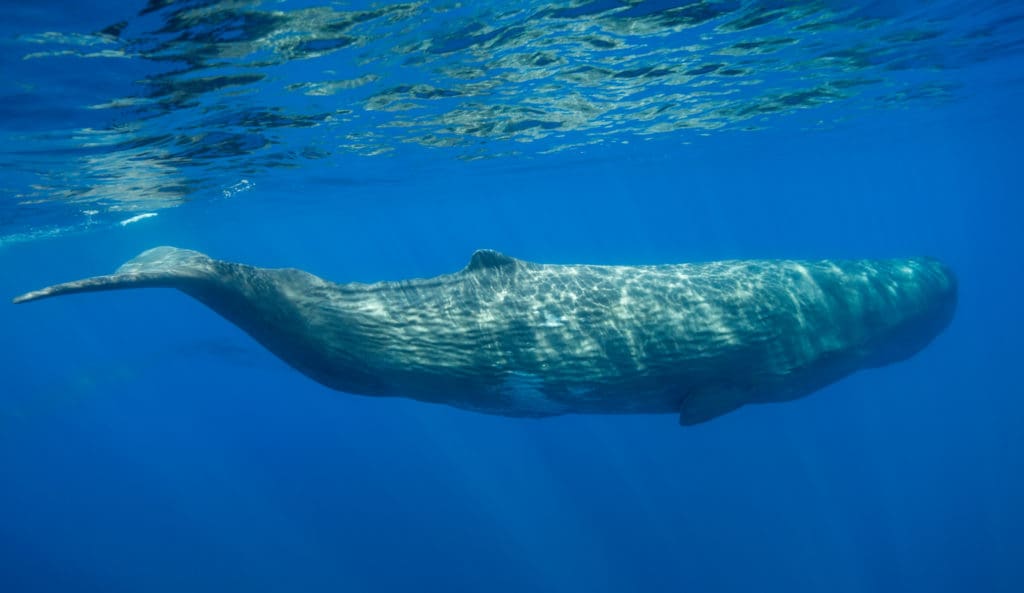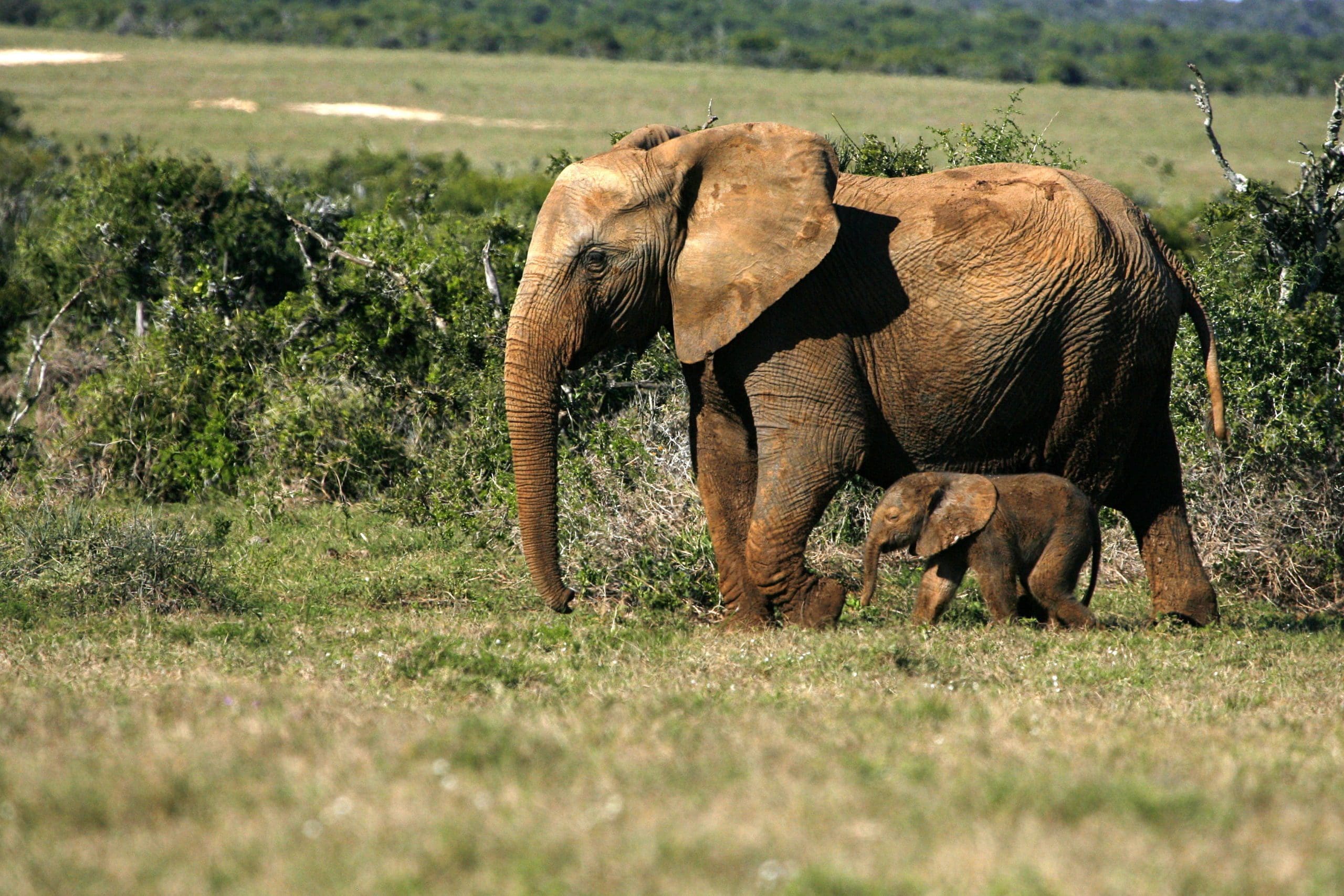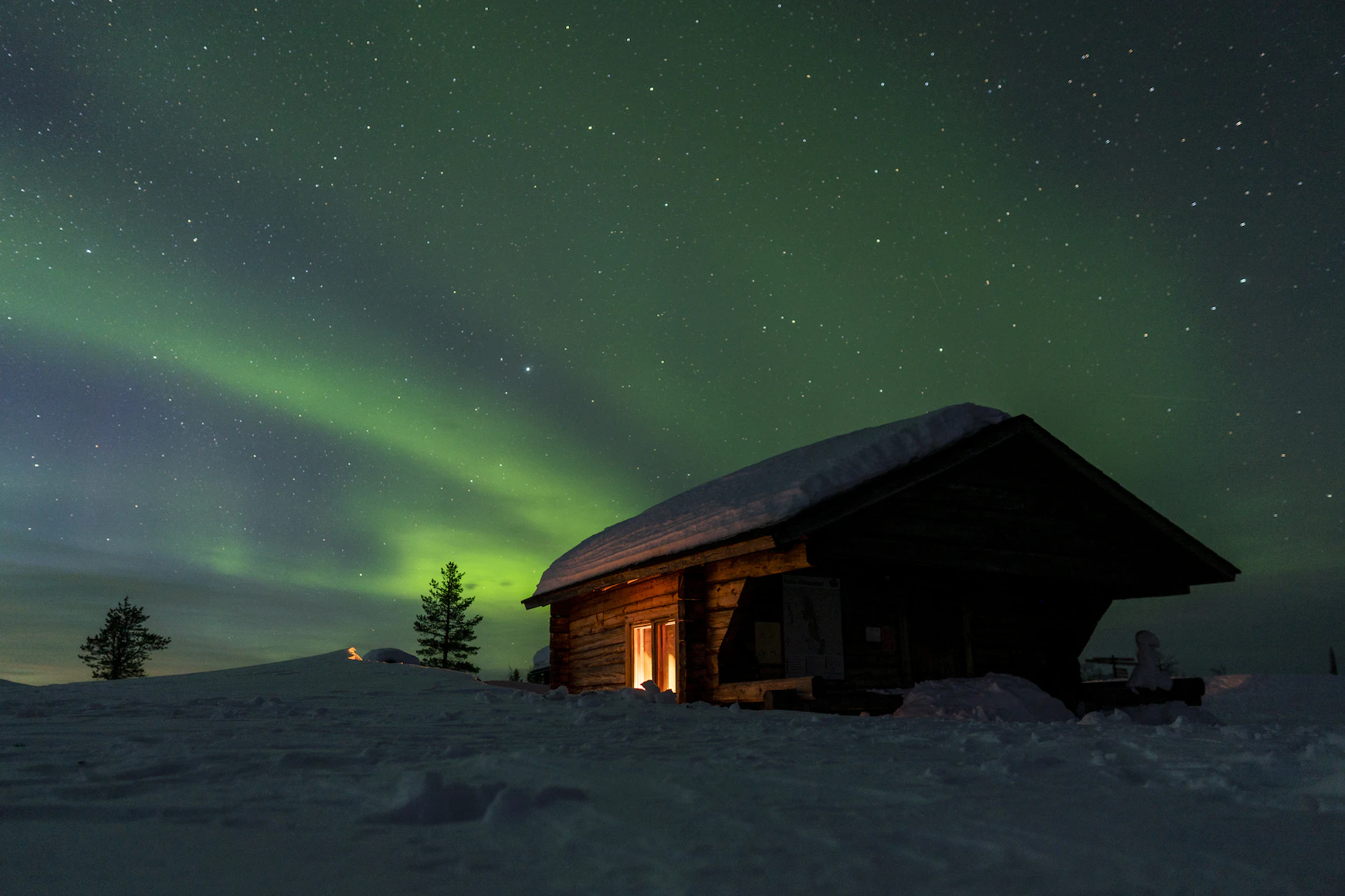Menu

The Pelagos Sanctuary is a marine protected area in the Mediterranean Sea that is shared by France, Italy, and the island of Sardinia. It covers an area of about 85,000 square kilometers and is home to a diverse array of marine life, including dolphins, whales, sea turtles, and many species of fish. The sanctuary was established in 1999 as a partnership between the three countries in order to protect and preserve the rich biodiversity of the region. It is managed by a transboundary organization called the Pelagos Sanctuary Management Authority, which works to coordinate conservation efforts and promote sustainable use of the area’s natural resources.
The Pelagos Sanctuary is a must-visit destination for anyone interested in marine life and conservation. As a protected area, it is home to a diverse array of marine species, including many that are endangered or threatened. It is also an important breeding and feeding ground for a number of species, making it a great place to observe and learn about marine life in its natural habitat.
The sanctuary is a beautiful and picturesque place to visit. It is located in the Mediterranean Sea, which is known for its crystal-clear waters and stunning coastal landscapes. There are many opportunities to explore the area, whether by boat, on foot, or through one of the many educational programs and tours offered by the Pelagos Sanctuary Management Authority.
Pelagos Sanctuary is a must-visit destination for anyone interested in the natural world and the conservation of marine life. It is a unique and special place that offers visitors the chance to learn about and experience the beauty and diversity of the marine environment.
One unique aspect of the Pelagos Sanctuary is that it is a transboundary protected area, meaning that it is shared by three different countries: France, Italy, and the island of Sardinia. This collaboration between the three countries is intended to promote the conservation of the region’s marine life and to encourage sustainable use of its natural resources. The sanctuary is managed by the Pelagos Sanctuary Management Authority, which is responsible for coordinating conservation efforts and promoting educational and research activities in the area.

Some of the specialities are
The Pelagos Sanctuary is a unique and special place that offers visitors the chance to learn about and experience the beauty and diversity of the marine environment. It is a must-visit destination for anyone interested in marine life and conservation.

The best time to visit the Pelagos Sanctuary in France, Italy, and Sardinia will depend on a variety of factors,


